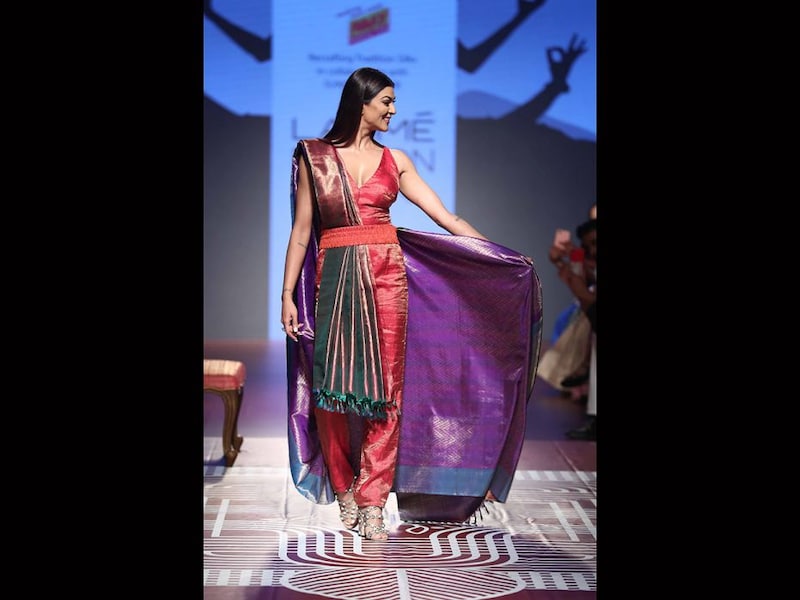Lakmé Fashion Week Winter/Festive 2018 celebrates Sustainable Fashion Day
This year’s Sustainable Fashion Day was a sight for the sore eyes, with a contemporary take on a lot of traditional designs and innovation in the use of fabrics.
By Naini Thaker
Aug 24, 2018, 18:17 IST4 min

Image by Forbes
2/7
Image by Forbes
3/7
Image by Aditi Tailang
4/7
Image by Aditi Tailang
5/7
Image by Forbes
6/7
Image by Forbes
7/7
Image by Forbes
Photogallery
- Home /
- Photogallery /
- Slideshow /
- Lakmé-fashion-week-winter /
- Festive-2018-celebrates-sustainable-fashion-day
Advertisement
What others are reading
Advertisement